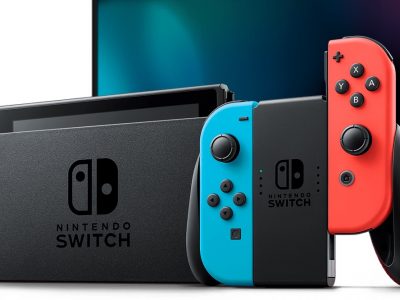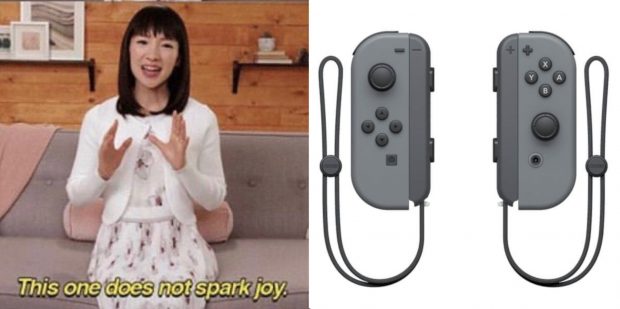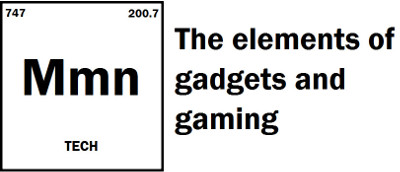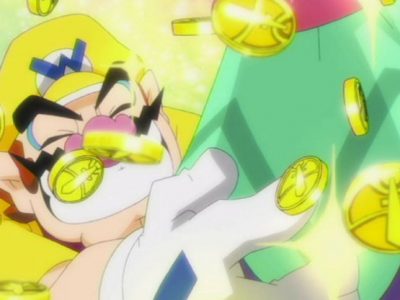

Switch Joycons are a wee bit rubbish
The Switch is truly a great gaming system. Perhaps one of the best Nintendo has ever made. However, the same cannot be said about its controllers. To put it mildly, the Joycons are a wee bit rubbish, and that’s getting to be a big problem.
Now, having a set of detachable controllers is a brilliant concept for a handheld that transforms into a TV top console. It pretty much allows you to use it in both modes without having to purchase a second controller. At least in theory. The problem isn’t so much that the Joycons aren’t functional, they’re just not that durable.
Over the past few months, I’ve been seeing a growing number of threads on Reddit and other sites complaining about drifting on the left analogue stick. This can cause inputs to become erratic to the point where games become unplayable. Some users discovered that carefully lifting up the dust cover under the nub, and spraying in some contact cleaner, will fix the issue. At least temporarily.
However, Spawn Wave over on YouTube decided to take one of the sticks apart to see what’s actually causing the issue in the first place.
Now most analogue sticks work by using a potentiometer, a variable resister that changes its output voltage as the stick is moved around its axis. A computer measures these changes to determine where the stick is positioned. However, an erratic or broken up signal will cause it to misinterpret this data. Which is ultimately what the problem is here.
The Switch’s Joycons use an incredibly basis design that has a metal contact sliding directly across exposed tracers on a circuit board. It’s a simple, compact, and cheap design, but it’s also quite fragile.
Since the protective cover isn’t a perfect seal, dust and grime can get inside the sticks and gum up the contacts, preventing a clean signal. Hence why contact cleaner will fix the issue. However, it doesn’t really get rid of the grime. It just sort of pushes it to the side. It will start to build up again, and the drifting will return eventually. Plus it doesn’t really resolve the wear and tear inherent from two thin pieces of metal rubbing on each other.
How long these sticks last before starting to drift is ultimately going to depend on how often you play your Switch. Mine seem to be holding up okay after a year and a half, but I’ve read cases where people have seen them fail after only six months of regular use.
Nintendo isn’t exactly known for using cheap parts in their systems, which makes this particular issue stand out. They probably chose this solution from more of a practicality standpoint, given that this design can be built quite thin. However, the issues with build quality are a festering problem that the company has so far failed to address.
Perhaps my biggest beef about this is something I alluded to back in my original first impression article on the Switch. Accessories for the system can be ludicrously expensive. If you need to replace a worn Joycon, it’ll set you back a butt puckering $100 CAD. To put that into perspective, that’s $25 more than a new DualShock 4, and $35 more than a new Xbox One controller. Both of which are far better built. Which really begs the question, why are the Joycons so expensive when they’re so cheaply built?
Now, if you are handy, new sticks can be purchased off Amazon for under $10, and replacing them is pretty straight forward with no soldering involved. Though I doubt most non-techie folks will have the wherewithal to do that.
If the issue is as widespread as it seems, Nintendo should at least consider a putting a repair program in place to fix existing Joycon sticks that begin to malfunction. In the long term, a move to a more robust design will probably be in order. The company is usually pretty good about backing up their products though, so if you are having drifting issues, it’s not a bad idea to give them a call and see what they’ll do.


